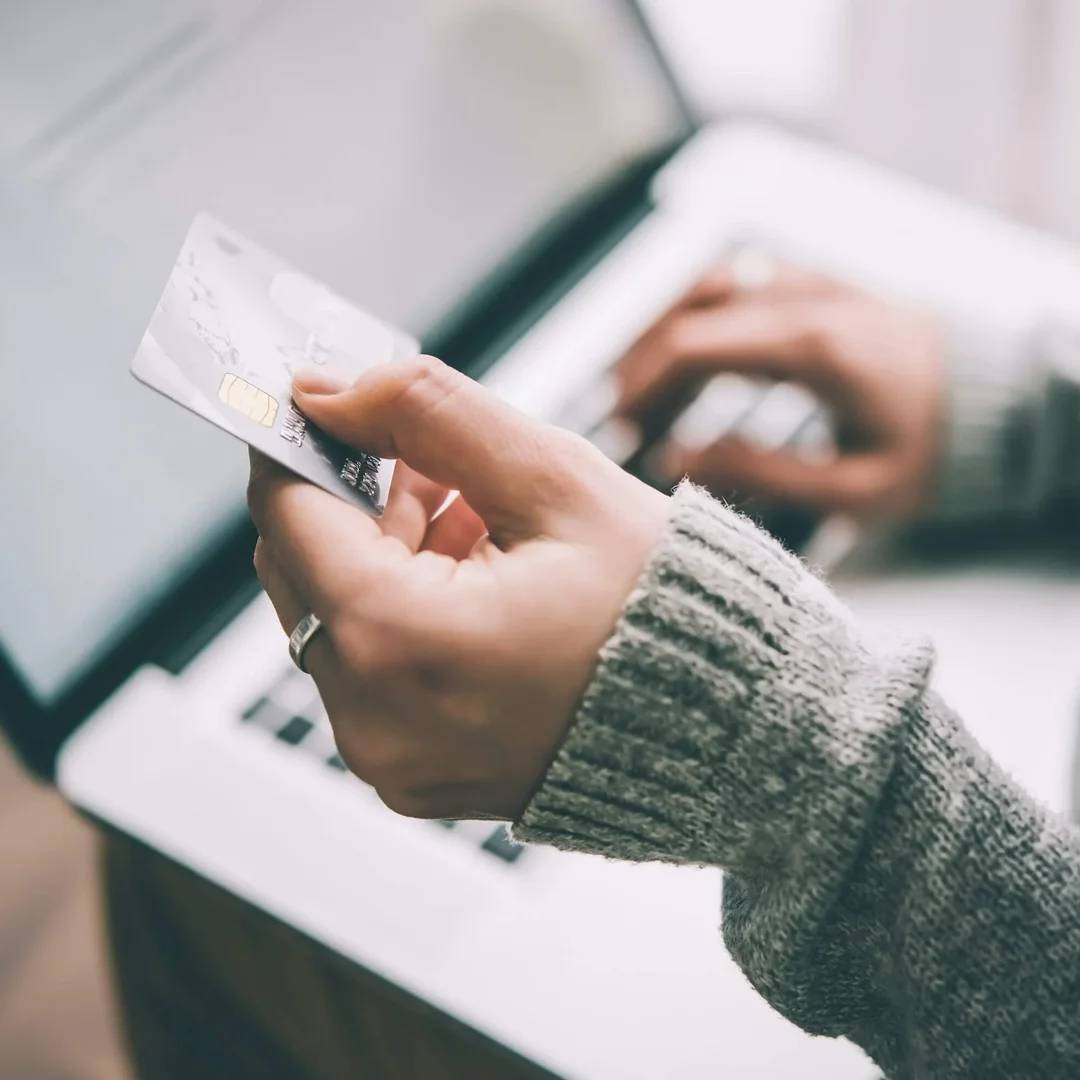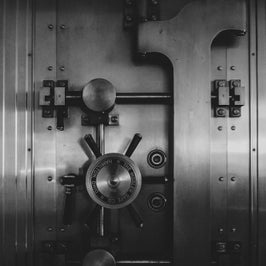What is a Debit Card?

When you buy something, how do you pay? There are more options than ever these days, from debit cards, credit cards, checks, and cash, to newer payment methods like prepaid cards and mobile wallets.
Although they might be old school, debit cards are actually growing in popularity. In a 2018 study, 54 percent of people cited it as their preferred way to pay, up from 44 percent the year prior.
We’ve got the 411 on how debit cards work, the perks they provide, and sneaky ways they can cost you—so you can be smart about how you swipe.
What Is a Debit Card?
It’s a form of payment linked to your checking account. Unlike a credit card, where you’re borrowing money from a financial institution, a debit card extracts dollars that you already have directly from the bank.
Your bank or credit union will typically give you one when you open a checking account, and you can use it anywhere a credit card is accepted. Just like a CC, you run your debit card at the point of sale when you make a purchase. You are typically required to enter a four-digit PIN, which you set up when you activate your card. Depending on the merchant, you might be able to request cash back at the register. For an online transaction, you enter your card number, expiration date, security code, and billing address at checkout. You can also use your debit card to withdraw cash from ATM machines.
You can’t technically load money onto a debit card because your available funds simply reflect what’s in the bank. To boost your balance, you need to deposit more money into your checking account. Keep in mind that most debit cards have a spending limit, which might be less than the total in your checking account.
What Are the Benefits of a Debit Card?
There are plenty of perks. They’re easy to use, convenient, and more secure than carrying cash. They also mitigate your risk of going into debt: Since you’re restricted to spending only what’s in your account, it’s unlikely for shopping to spiral out of control. A handful of debit cards even offer rewards, such as one percent cash back on purchases.
And if your credit score isn’t great or you don’t have an established credit history, a debit card can be a nice option. There’s no credit check necessary—as long as you’ve got a bank account, you can get a card.
Are There Any Drawbacks to Using a Debit Card?
Actually, yes. For one thing, even though overspending is less of an issue with a debit card than a credit card, a cash diet is your best bet if you’re serious about buckling down on your budget. A University of Maryland study found that people shell out more when they pay with any form of plastic, compared to forking over actual dollars.
Another problem is that debit cards aren’t accepted everywhere. For example, some rental car agencies and hotels require a credit card in order to make a reservation.
Plus, debit cards don’t offer as much protection as credit cards do. If you detect fraudulent activity or an error, your liability could be unlimited, depending on when you report it to your bank. With a credit card, you’re liable for a max of just $50. And since debit card transactions are extracted immediately from your account, you have less power if there’s a dispute with a merchant compared to credit cards, where funds aren’t delivered to the vendor until the end of the billing cycle.
In addition, while it might be helpful that credit score isn’t a factor in issuing consumers a debit card, the flip side is that a debit card won’t help you build credit. In fact, for people who have overdraft protection (more on this later), there’s an added risk: If you overdraw your account and are late repaying the negative balance, the debt might be sent to a collections agency (typically after 180 days of nonpayment)—and your score will take a hit.
One final consideration is the fees you might rack up with a debit card. To start with, there is often a charge for using an ATM machine not associated with your bank—an average of $4.72, a recent survey found.
Then there are overdraft charges. When you first open your card, you’ll be given the option to sign up for overdraft protection. This means that if you try to make a transaction that exceeds the money in your checking account, the bank will still process the sale—for a fee of about $34, according to the Consumer Finance Protection Bureau (CFPB).
Should I Get Overdraft Protection?
Overdraft protection can be convenient but costly. If you decide to opt-out of it, and then attempt to spend more than you have, your card will be declined. Embarrassing and annoying? Sure, especially if the purchase is something you really need. But ultimately it won’t hurt your bottom line.
Where overdraft fees can really get you in trouble is if you overdraw without realizing it. Let’s say you use your debit card to pay for a $25 oil change, but there’s only $15 in your account. If you have overdraft protection, the transaction will go through and your bank will charge you a $34 fee. If you’re not keeping track of your balance, you might assume you still have cash in your account. So you buy a $3 coffee—and are docked $34 again. You pay your monthly $9 Netflix subscription—another $34 fee. Then you spend $15 on groceries; you’re charged $34 more. All in all, you racked up $52 worth of purchases—and are out an additional $132 in fees. The CFPB estimates that consumers who overdraw their account 10 or more times a year pay an average of $380 in annual fees, the majority incurred on purchases of $24 or less.
What’s the Difference Between a Debit Card and a Prepaid Card?
Unlike a debit card, a prepaid card is not connected to your checking account. You buy it either online or at a retailer, like a grocery store, drug store, or gas-station convenience store. After registering your card, you can use it to pay for things the same way you would a debit card—except you’re drawing down from the card balance instead of your bank account.
Wondering what happens when you’ve used up all the cash on the card? Prepaid gift cards (also called closed-loop cards) are non-reloadable: You purchase them with a certain dollar value already loaded onto the card, and swipe until the balance is $0. After that, you can’t add on more money.
Reloadable, or open-loop, cards allow you to add funds—either by using cash at a retail location, arranging a direct deposit from your paycheck, setting up a PayPal transfer, or purchasing a “reload pack.” Like a debit card, you can also use reloadable cards to withdraw money from ATM machines or a point of sale.
Reloadable cards feature some of the same benefits as debit cards. They don’t require a credit check (although they don’t build credit either), and some offer cash-back rewards or points. While you’re protected from unauthorized charges and errors (as long as you report it promptly), it is easier for thieves to take advantage of prepaid cards than debit cards since you don’t have to enter in a PIN.
One major difference between the two: You don’t have to worry about overdraft charges with prepaid cards. That said, they’re still money vampires. According to the CFPB, common costs include an initiation fee, a fixed monthly fee, transaction fees, ATM fees, balance inquiry fees, a fee to reload funds, an inactivity fee, a fee if you use your card to pay a bill, a fee to receive monthly statements in the mail—the list goes on. The fees tend to be small (a survey found that they averaged $5.80 a month) but another study revealed that seven out of 10 cards did not disclose their fees upfront.
Also good to keep in mind: If you’re on a tight budget, a prepaid card can be more effective than a debit card because you can’t spend more than what’s on the card. For example, if you want to limit shopping to $100 a week, you can put that amount on your card every Monday and when it’s gone, it’s gone.
The bottom line is, do your homework. Before opening a checking account or signing up for a prepaid card, compare a few card options to see how the fees and benefits stack up, and take the time to actually read the fine print.
This material has been presented for informational and educational purposes only. The views expressed in the articles above are generalized and may not be appropriate for all investors. The information contained in this article should not be construed as, and may not be used in connection with, an offer to sell, or a solicitation of an offer to buy or hold, an interest in any security or investment product. There is no guarantee that past performance will recur or result in a positive outcome. Carefully consider your financial situation, including investment objective, time horizon, risk tolerance, and fees prior to making any investment decisions. No level of diversification or asset allocation can ensure profits or guarantee against losses. Article contributors are not affiliated with Acorns Advisers, LLC. and do not provide investment advice to Acorns’ clients. Acorns is not engaged in rendering tax, legal or accounting advice. Please consult a qualified professional for this type of service.








